 As a lifelong residence of New Orleans, Louisiana and metro area, Jimmie Martinez, at 76 years old, writes about the city he loves and the turbulent times he grew up in. Martinez is the author of four novels set in New Orleans: The Battle for New Orleans: The Casino Wars, Rigged, Righteous Road, which was awarded the Editor’s Choice from iUniverse, and Cajun Chameleon. The four-term Louisiana Governor Edwin Edwards, the quintessential Cajun, said Cajun Chameleon is “Masterfully written. Jimmie captures the true essence of life in the 60s in South Louisiana.”
As a lifelong residence of New Orleans, Louisiana and metro area, Jimmie Martinez, at 76 years old, writes about the city he loves and the turbulent times he grew up in. Martinez is the author of four novels set in New Orleans: The Battle for New Orleans: The Casino Wars, Rigged, Righteous Road, which was awarded the Editor’s Choice from iUniverse, and Cajun Chameleon. The four-term Louisiana Governor Edwin Edwards, the quintessential Cajun, said Cajun Chameleon is “Masterfully written. Jimmie captures the true essence of life in the 60s in South Louisiana.”
Jimmie’s interest includes traveling, reading, watching classic film noir movies. A passionate LSU and Saints football fan, Martinez is now retired and resides in Kenner, Louisiana and at his beach condo in Orange Beach Alabama with his wife Gale.
Tell us about your book.
Summer of Haint Blue: from Cajun to Creole is a multicultural story that follows a Southern boy’s attempts to deal with the evils of racism, and his blossoming friendships that defies social norm. The novel is set in the politically charged climate of the summer of 1960 and explores the challenging issues of interracial relationships, racial conflict, coming-of-age, and loss of innocence.
Tell us about the genre you wrote in, and why you chose to write this sort of book.
Although the story is told from the point of view of a fifteen-year-old narrator, booksellers would pigeonhole the book in the “young adult” category. But like The Adventures of Huckleberry Finn and To Kill a Mockingbird, I believe the story is appropriate for all ages.
Why write this book?
It was personal. In the 1960s as a teen, I witnessed monumental social changes in our country because of the remarkable civil rights movement. When I looked back at my life, I was perplexed. How could I so obviously not oppose segregation and think at the time it was normal? What was I thinking? Grappling with those questions, I did a self-examination and reflected back. I wanted to reacquaint myself with the social structure and hypocrisies that existed then and influenced my youth. The introspection was not easy and certainly painful.
In an attempt to understand, but not justify, the racial intolerance and contaminated culture of the 1960s and how it affected so many Americans, I wrote two books: “Cajun Chameleon: Reflections of a Recovering Racist” set in New Orleans and now this book Summer of Haint Blue: From Cajun to Creole set on a farm in Louisiana Cajun country. The two books are part of a multicultural historical fiction series about the journey of two Cajun teens, one in an urban and one in a rural setting, struggle to free themselves of their prejudices.
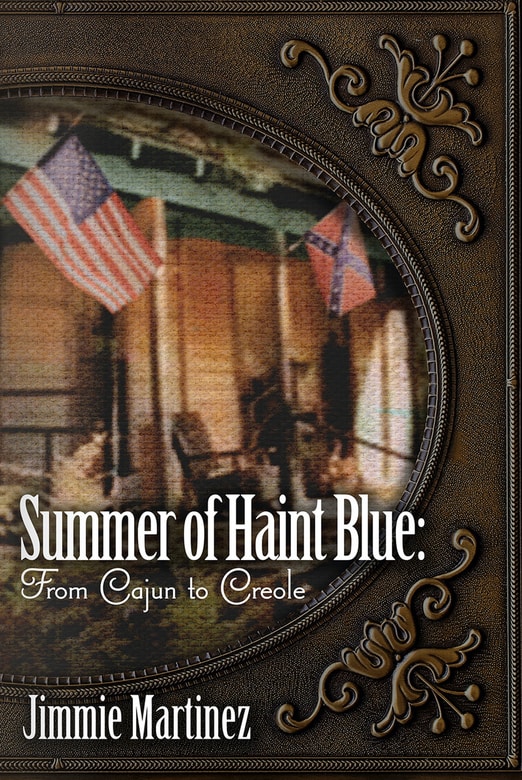 What are your thoughts about the criticism that your novel’s protagonist is a “white savior”?
What are your thoughts about the criticism that your novel’s protagonist is a “white savior”?
We live in a society where people can and do have different perspectives about politics, race, religion, art, literature, music, etc. “Kirkus” reviewer felt that Justin Couvillion, my 15-year-old protagonist, was a ‘white savior” or a white person who provided help to a non-white in a self-serving manner. Who am I to argue that this venerable company’s viewpoint is either right or wrong? I respect their opinion and hopefully will learn from it. Growing up in the 60s, I am not too old to understand that society is changing, and some older concepts about life are fading away.
From my perspective, the book is not about a “white savior” but about the importance of interracial relationships, and how it influences racial attitudes. Justin does not question the doctrines drilled in him since birth. Raised in a segregated society where Blacks and the physical disabled are discriminated against, he meets and befriends an intellectual, disabled Black man, his strong-willed female teen cousin, and a white boy confined to a wheelchair.
As a result of these friendships, his mind is opened up to different ways to see the world. The personal connection and bond with the three are strong and helps Justin to put aside his preconceived ideas about other people and embrace the individuality of each person. His diverse set of friends are great teachers. He no longer looks at people in a stereotypical way. He learns that friends are the family you choose, and people are more than the color of their skin or not in any way diminished because they are physically disabled.
Justin is no savior. Ali, the Black fearless female, is by far the most heroic person in the book and the only major character who demonstrates determination, courage, and tenacity. In the novel, Ali’s relationship with Justin changes from adversary, friend, to becoming his wife. In the end, she teaches Justin that color does not define a person.
Spoiler Alert! It should be noted that as the story unfolds, we learn that Justin is biracial.
Any other comments?
As an author and being multicultural, part Native American, Hispanic, and Creole French, I am concerned that a trend may be developing that an author may be criticized for writing outside their race or ethnic group. As a happenstance of genetics, I fit into several ethnic groups but do not claim to own the exclusive rights to write about them. I understand the need for diverse voices to be heard, and that is an incredibly good thing. But literature should stand on its own two feet and not on who the author’s parents are.
Author Links
Get an Editorial Review | Get Amazon Sales & Reviews | Get Edited | Publish Your Book | Enter the SPR Book Awards | Other Marketing Services


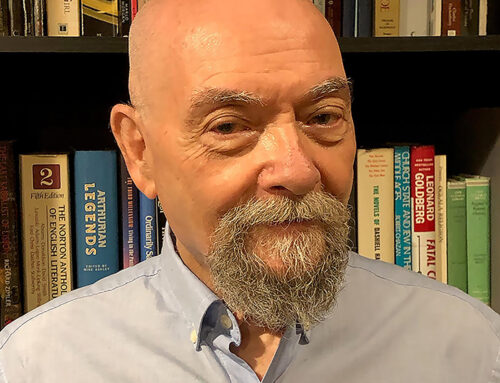

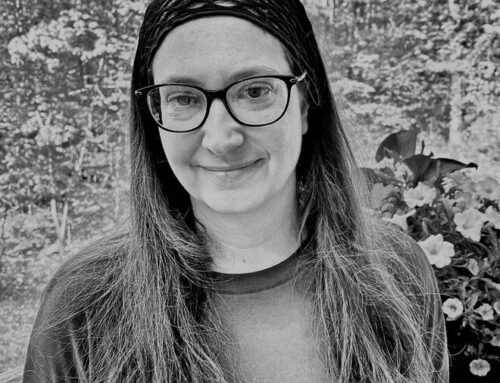
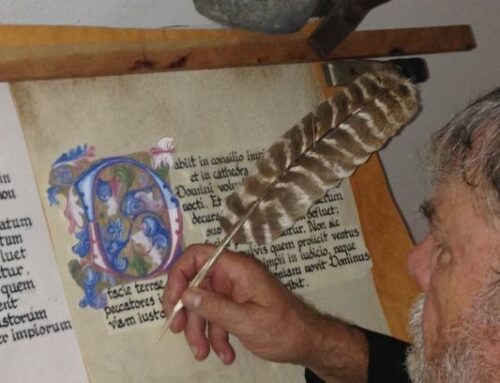
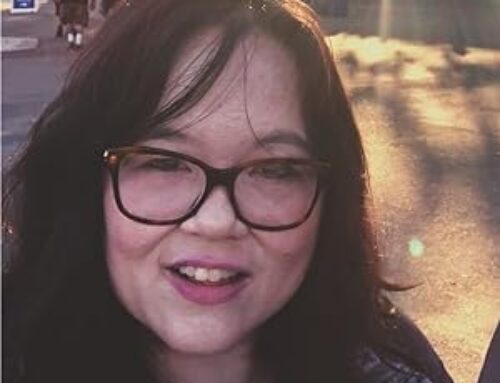
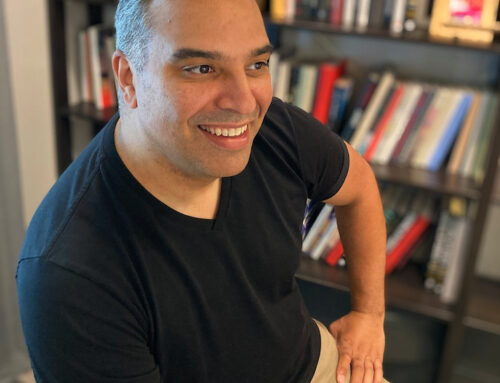

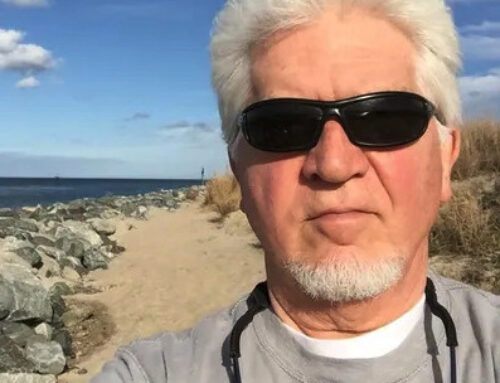
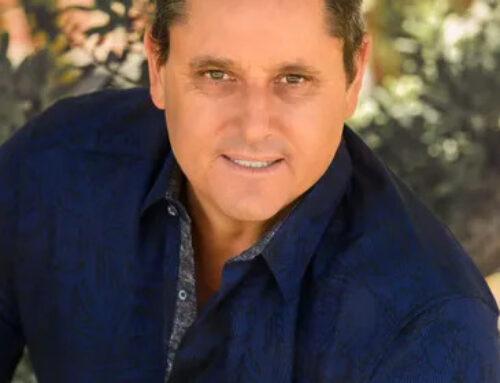


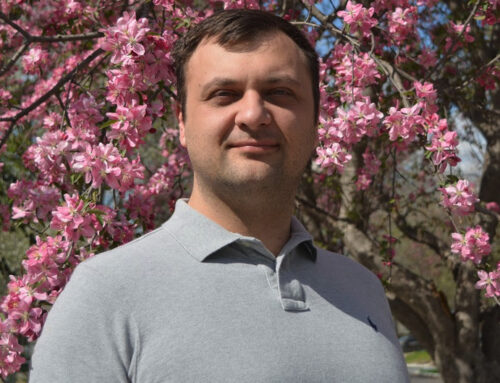






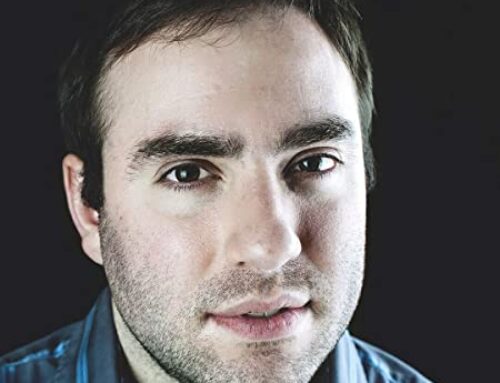

Leave A Comment